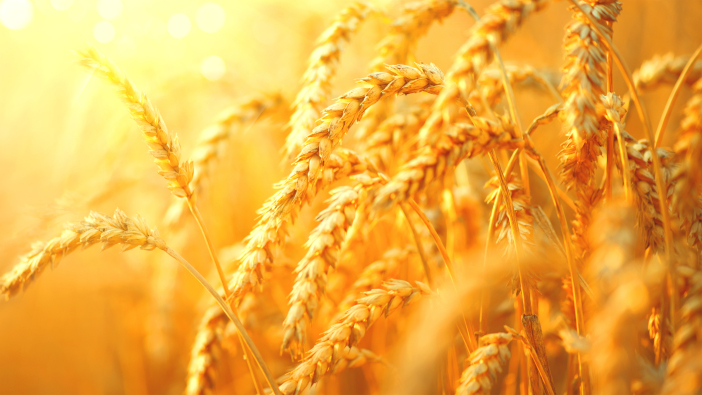Analysis by an international team led by the UK’s Rothamsted Research has determined that global wheat production could be doubled compared to what they are. This genetic yield gap could reportedly be closed by developing varieties tailored to each region.
This could be done by utilising the vast genetic variation available in global and historical gene banks with modern techniques such as speed breeding and gene editing.
Dr Mikhail Semenov and Dr Nimai Senapati, who co-led this study, define a crop’s ‘genetic yield potential’ as the highest yield achievable by an idealised variety – in other words, a plant with an optimal genome that allows it to capture water, sunlight and nutrients more efficiently than any other.
Dr Semenov said: “Current wheat cultivars are, on average, only at the halfway point with respect to the yields they could produce given the mismatches between their genetics and local wheat growing conditions.
“Global wheat production could be doubled by the genetic improvement of local wheat cultivars -without increasing global wheat area.”
Using existing data on how different genes impact plant traits such as size, shape, metabolism and growth, the researchers ran millions of simulations to design wheat plants that were tailored to the local environment.
When compared to the performance of locally adapted cultivars, the team found current wheat varieties were underperforming for grain yield, with an obvious yield gap between reality and possibility.
According to Dr Senapati, closing the genetic yield gap would go a long way to feeding the growing world population and would reduce pressure to convert wild habitats to farmland.
Wheat is the world’s most widely grown crop, and in terms of human consumption, is the second most important crop after rice, with global harvests in the region of 750 million tonnes.
Since the 1960s ‘Green Revolution’ yields have, on average, tripled – but this study suggests there is a lot more to come.
It is the first time this type of analysis has been done globally with the study, published in Nature Food, looking at a total of 53 wheat-growing regions across 33 countries and covering all global wheat-growing environments.
Using a state-of-the-art wheat model, called Sirius, the team first calculated the potential yield from a total of 28 commonly used wheat varieties grown at these sites, assuming the best possible cultivation conditions for each one.
This gave harvests of less than four tons in Australia and Kazakhstan – compared with 14 tons of wheat produced per hectare in New Zealand.
Next, they designed ‘idealised’ local varieties within their model, which optimised several plant traits that contribute to yield and whose underlying genetics will allow them to be improved by plant breeders.
Simulations were based on extensive data on the natural genetic variation underpinning the traits. These included tolerance and response to drought and heat stresses, the size and orientation of the light-capturing upper leaves, and the timing of key life cycle events.
The results showed that by optimizing these key traits, genetic yield gaps could be anywhere from 30-70% across different countries, with a global average genetic yield gap of 51%. Therefore, global wheat production could be doubled by exploiting this existing genetic yield gap towards achieving global food security in a sustainable way.
“Not unsurprisingly, the countries with the lowest current yields could gain the most from closing their genetic yield gaps,” said Dr Senapati.
“That said, even improvements in those countries with a medium genetic yield gap of 40 to 50%, but with a large proportion of global wheat harvest areas – such as the leading producers India, Russia, China, USA, Canada, and Pakistan – would have a substantial effect on global wheat production due to the larger wheat cultivation areas involved.”
Before this study, the size of these genetic yield gaps at country and global scales was unknown. The genetic yield gap idea contrasts with the longer-understood concept of the traditional yield gap due to sub-optimal management where harvests are smaller than the best-case scenario as a result of factors such as pests or diseases, lack of nutrients, or sowing or harvesting at the wrong time.
“Our analysis suggests that such genetic yield gaps due to sub-optimal genetic adaptation could, in relative terms, be as large as the traditional yield gap due to imperfect crop and soil management,” said Dr Semenov.
“Wheat was first domesticated about 11,000 years ago, but despite this – and not to mention the sequencing of its entire genome in 2018 – the crop is still some way from being at its ‘genetic best’,” he added.
Also involved in the study were leading wheat experts from Australia, Denmark, France, Germany, The Netherlands and Mexico.


